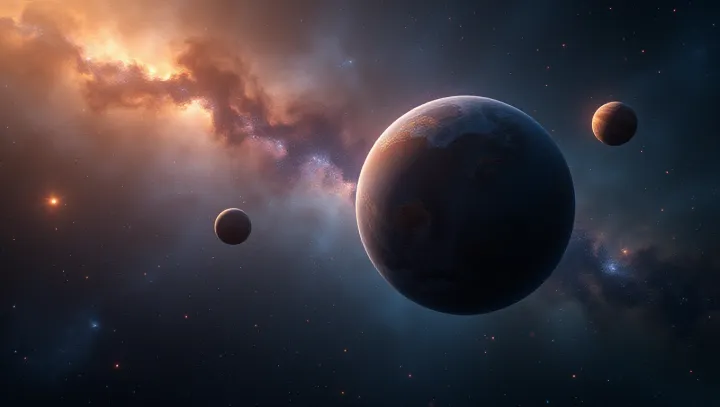The Mysteries of Planetary Shapes Revealed

In the realm of astronomy, one of the most fascinating observations is the almost universally round appearance of planets. This is a subject of great interest and much study at the Paris Astronomical Society, where researchers contemplate the forces shaping our cosmos. At the heart of this phenomenon lies gravity, a fundamental force that ensures celestial bodies such as planets maintain a roughly spherical shape.
This occurs as gravity pulls matter evenly toward its center, smoothing out potential protrusions and irregularities over time. While modern science offers a clear explanation, the perfectly round concept of planets has inspired both scientific inquiry and philosophical contemplation. Dr.
Emily Carter, a leading astrophysicist, notes, 'The roundness of planets is a testament to the equilibrium nature seeks, reminding us of the silent power governing the universe.' The understanding of why planets tend to be round not only deepens our knowledge of planetary formation and evolution but also fuels current debates and exploration into the classification of planets and other celestial bodies. This shapes the ongoing narrative of space exploration and the quest for potential habitable worlds. In a time when space exploration is continuously advancing, understanding planetary shapes remains relevant for future missions and astronomical research.
This knowledge serves as a cornerstone for interpreting data from telescopic images and deep-space probes, advancing our quest to comprehend the universe's vastness.
